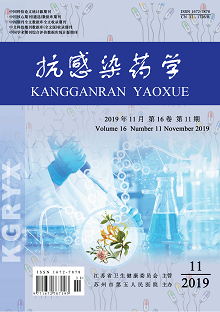HU Bo-lin, LIANG Ye-fei, BU Ziqing
Objective: To analyze the use of special grade antibiotics in neurosurgery patients, and to provide a reference for the rational use of antibacterial drugs. Methods: The data of varieties, utilization rate, indications, usage and dosage of antibiotics of special grade were collected from inpatients admitted to the department of neurosurgery from January to December 2018. The rationality and unreasonable reasons of the special grade antibacterial drugs in clinical use were analyzed. Results: 88 patients were treated with special grade antibiotics; among them, the rate of meropenem was 77.36%, followed by vancomycin 14.15%.98 medical records (89.77%) were examined for etiology before the use of special grade antibiotics (sputum was the main sample). Among the 41 cases of unreasonable medication, 12 cases of irregular usage and dosage accounted for 29.27%, 15 cases of irregular usage and dosage, 15 cases of no consultation record of expert group members accounted for 36.59%, and 2 cases of improper medication and indications accounted for 4.88%. Conclusion: In this department, the application rate of special grade antibacterial drugs was well controlled in etiology, but there were some problems, such as unreasonable usage and dosage, non-standard application procedure, inappropriate indications, etc.. It is suggested that the hospital should strengthen the management of clinical use of special grade antibacterial drugs, so as to ensure the rationality of patients' medication.
